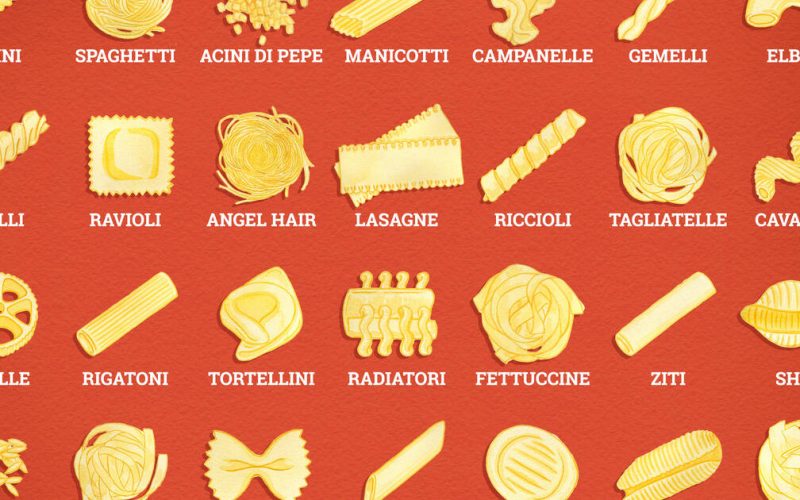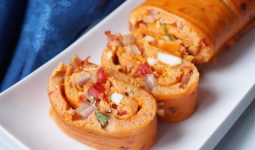We all enjoy pasta; after all, who doesn’t? However, because different noodles are manufactured from various materials, there are multiple options.
Salads, soups, and even stir-fried noodles are all made with noodles. It would not be easy to decide and distinguish which type of noodles is suitable for the cuisine you want to cook due to the numerous varieties available.
Noodles come in various shapes, colors, and textures, and they’re used to make a variety of Asian specialty cuisines.
You can choose from roughly eight different types of noodles, ranging from round to flat noodles to thread noodles, from the extensive range available in the market.
Furthermore, to assist you in selecting the appropriate noodles, we’ve compiled a list of the different types of noodles you should have on hand and brief descriptions of some of the noodle recipes.
1. Spaghetti

Everyone likes spaghetti. In fact, in some nations, notably in Asia, such as the Philippines, a celebration or gathering would be incomplete without the famed Spaghetti. It’s a noodle that can be used in a variety of ways.
Other pasta noodle recipes that involve spaghetti include carbonara and Aglio e olio.
Furthermore, in the market, various spaghetti variants differ primarily in the thickness of their strands.
Here’s a hint to help you decide which is best: The thinner the spaghetti, the lower the number on the package.
2. Lo Mein and Cho Mein
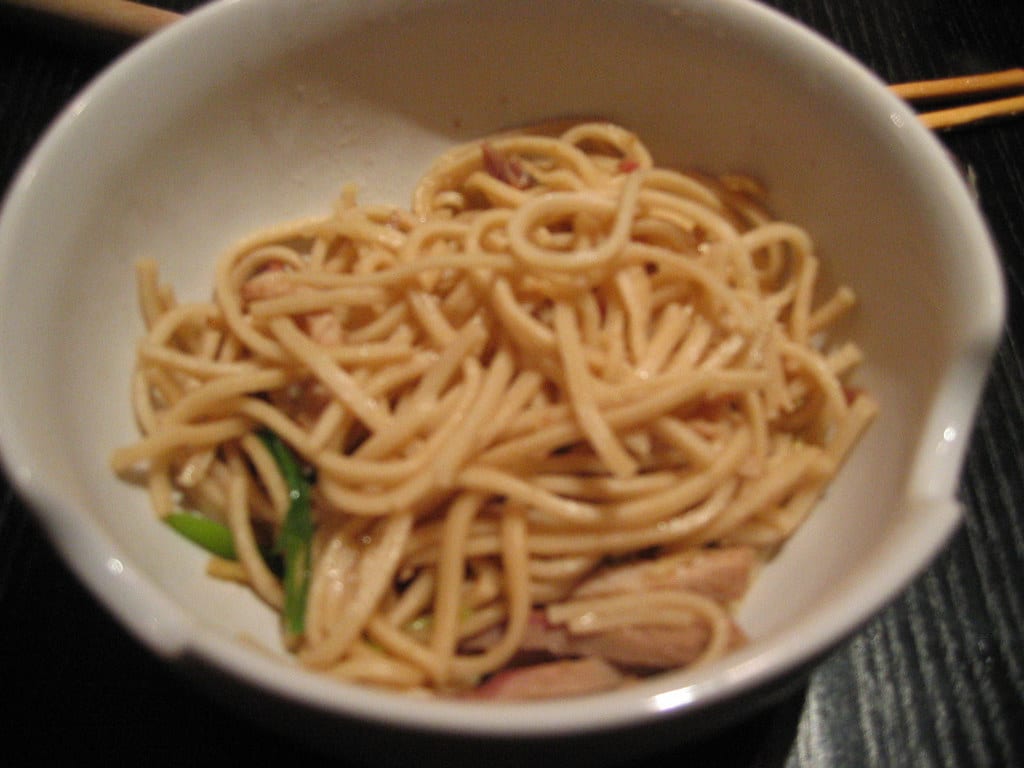
Both lo mein and chow mein use the same wheat flour and egg noodles; the difference is in the rest of the cooking process.
According to Taste Atlas, lo mein, which translates to “stirred noodles,” is a popular dish in China’s Guangdong province.
After boiling the noodles, combine them with the sauce and other components. Add-ins like cabbage, carrots, mushrooms, pork, and seafood are available.
San-J says Lo men’s defining feature is its sauciness and rich flavor.
Sesame oil, soy and oyster sauce, ginger, garlic, and sugar are also ingredients to consider.
When this delicious mixture is paired with thick egg noodles, it creates an umami overdose – lo mein isn’t for the faint of heart.
Furthermore, Chow mein, on the other hand, is created by boiling the noodles and then frying them until they are partially crispy.
Meat (chicken, beef, pork, shrimp, etc.) is combined with crunchy vegetables like bean sprouts, cabbage, celery, and mushrooms.
According to Taste Atlas, it was first introduced by immigrants in the 1850s and has been a popular dish in Chinese restaurants in the United States ever since.
Not all chow mein you’ll find is authentic, but you should be fine if you order it in a more traditional restaurant.
3. Udon
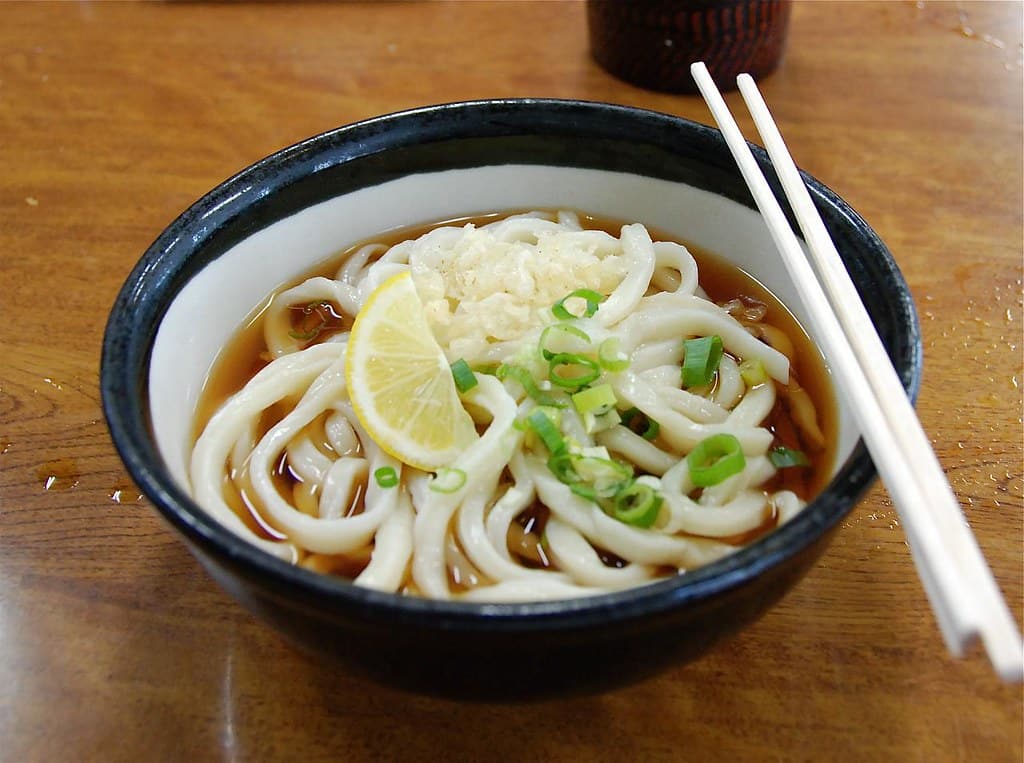
Udon noodles, a Japanese staple, are made with wheat flour, water, and salt and are 2 to 4 millimeters wide.
Others are flat and rounded into a narrow, tubular shape. However, according to MasterClass, udon wasn’t always made this way. Before the 14th century, it was more like a dumpling than a long noodle.
Kneading udon dough is a difficult task, according to HuffPost. Yoko Isassim, a chef in Los Angeles born in Seki, Japan, tells the outlet that traditionally, women would knead the dough with their feet to use their body weight to help with the work.
Furthermore, they’d go farther and wear large backpacks to add even more weight. This is one of the different types of noodles.
4. Capellini
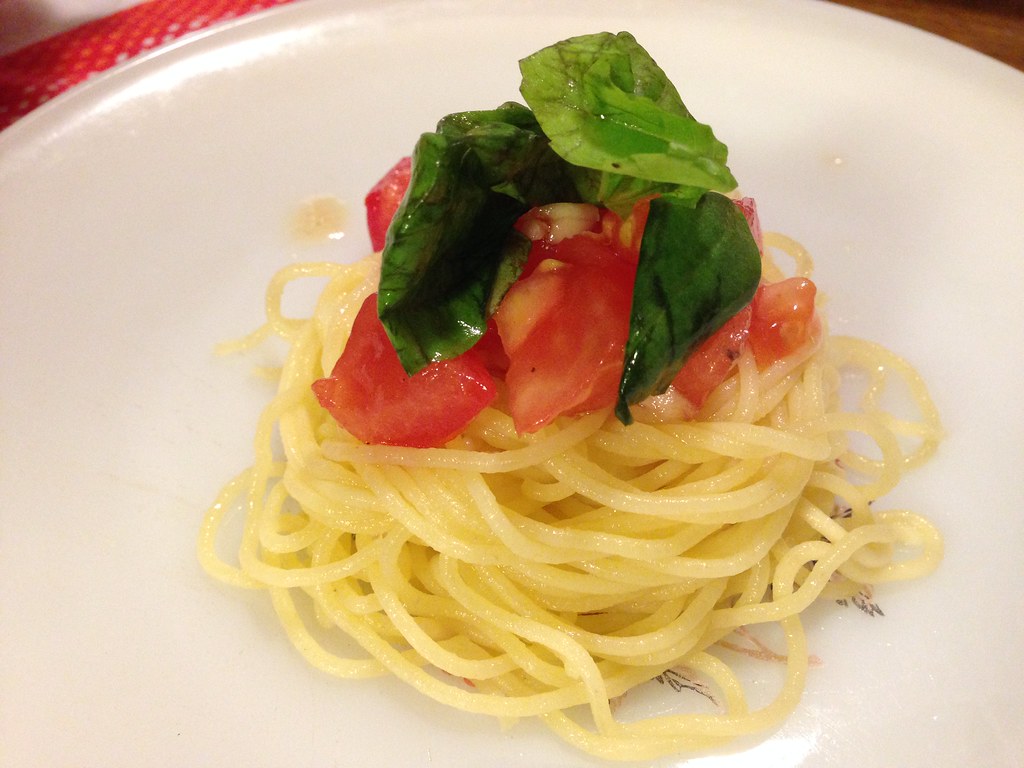
Angel hair and Capellini are both very thin Italian pasta. However, angel hair is typically thinner than Capellini’s, and the threads are lengthy but thin.
The cooking time for fresh Capellini is roughly 2 -3 minutes, whereas the cooking time for dried Capellini is about 3 -5 minutes.
Capellini pasta noodles are best served with a hearty tomato sauce and meatballs, and it also goes well with Pomodoro sauce.
5. Cavatappi
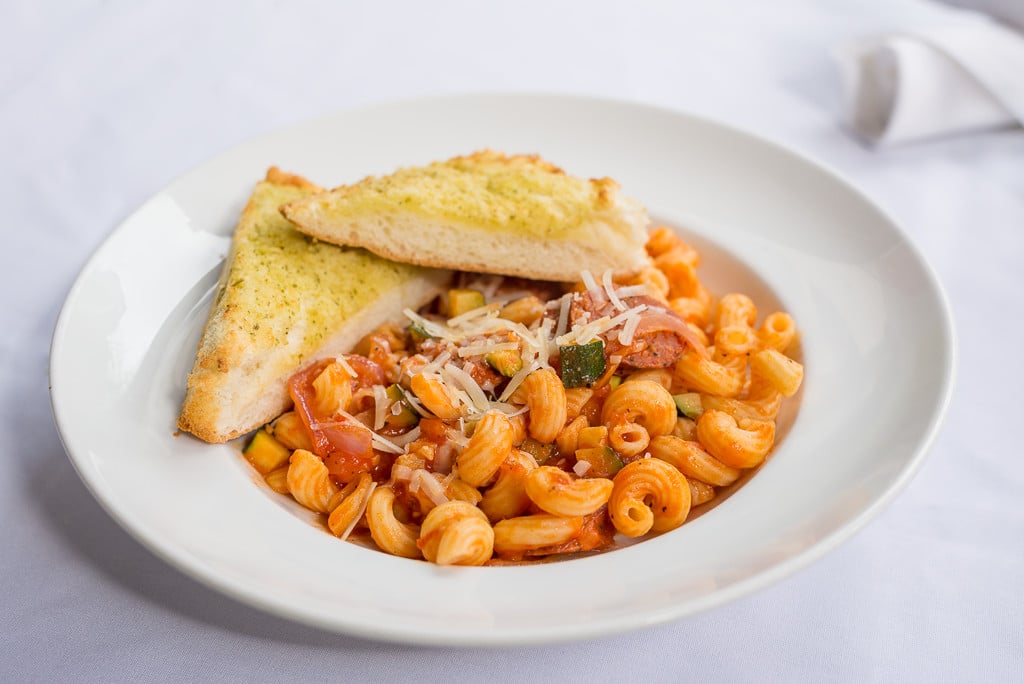
Corkscrew is another name for it, and it is an Italian word. Amori, Cellentani, Spirali, and Tortiglione are some of its other names. It’s essentially a helical variant of the well-known Macaroni.
It’s primarily used in pasta recipes with tomato sauce. Salads, baked meals, and spices are some of the best uses.
Furthermore, Fresh cavatappi takes about 6 to 8 minutes to cook, whereas dried cavatappi takes about 9-11 minutes.
Tomatoes, mushrooms, broccoli, peas, pesto, and creamy sauce are some ingredients and spices you can use to make Cavatappi.
6. Soba
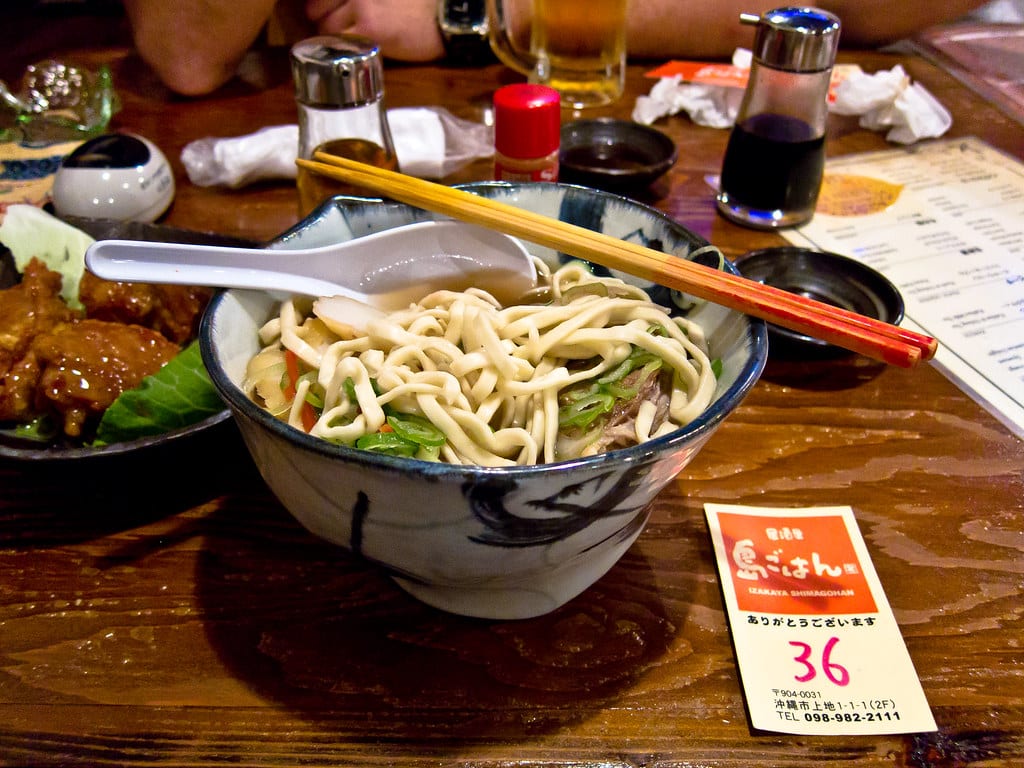
Soba is one of the different types of noodles. It is a Japanese classic prepared from buckwheat (soba in Japanese) and wheat flour.
Because the components for soba are so essential, the quality of the ingredients is crucial.
The water from Kyoto (where they are usually manufactured) is recognized for its purity.
Soba has been around since the seventh century, although You most likely developed the present recipe in the 16th or 17th centuries.
Furthermore, like udon noodles, Soba noodles can serve both hot and cold.
Inaoka explains seiro, a traditional Kyoto dish made with cold soba, wasabi, green onions, and dashi soy sauce.
If you’re eating the soba cold, preserve the boiling water as a nourishing broth. Meanwhile, you can eat the noodles kake-style in a boiling soup.
Regional varieties abound, and toppings and additions such as tempura, veggies, seafood, and meat appear limitless.
Slurping is encouraged by Inaoka, who claims that it “helps you experience all the tastes.”
7. Egg Noodles

These noodles are also known as Chinese egg noodles or E-fu noodles and are among the most prevalent in Asian cuisine.
Egg and wheat are the essential ingredients in these noodles, which come in a variety of shapes—thick or thin, flat or round, fresh or dried.
Whether you buy new or dried egg noodles, you must boil them in boiling water before using them in any recipe.
They go well with various foods, including salads, soups, and main courses.
8. Ramen Noodles
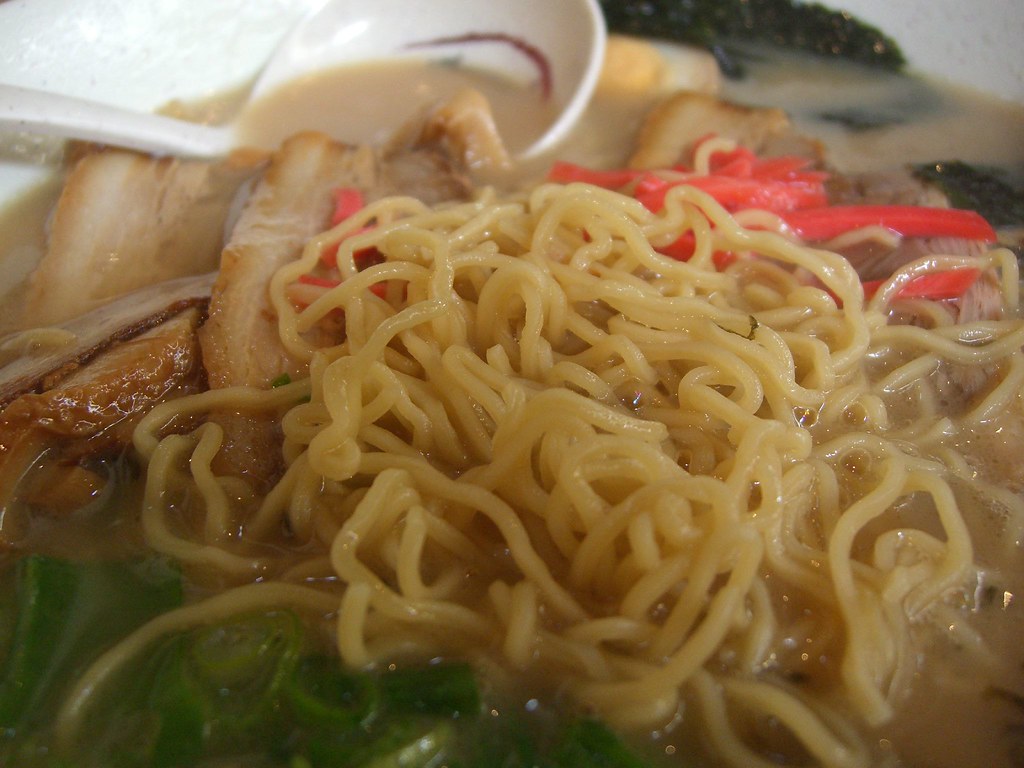
The long and curly ramen types of noodles, a Japanese take on egg noodles, are prepared from egg and wheat and then dried to create a brick.
Refrigerate ramen noodles until ready to use. They must also be consumed right away after being boiled. Ramen noodles are commonly used in soups and other main course recipes.
9. Mung Bean Thread Noodles
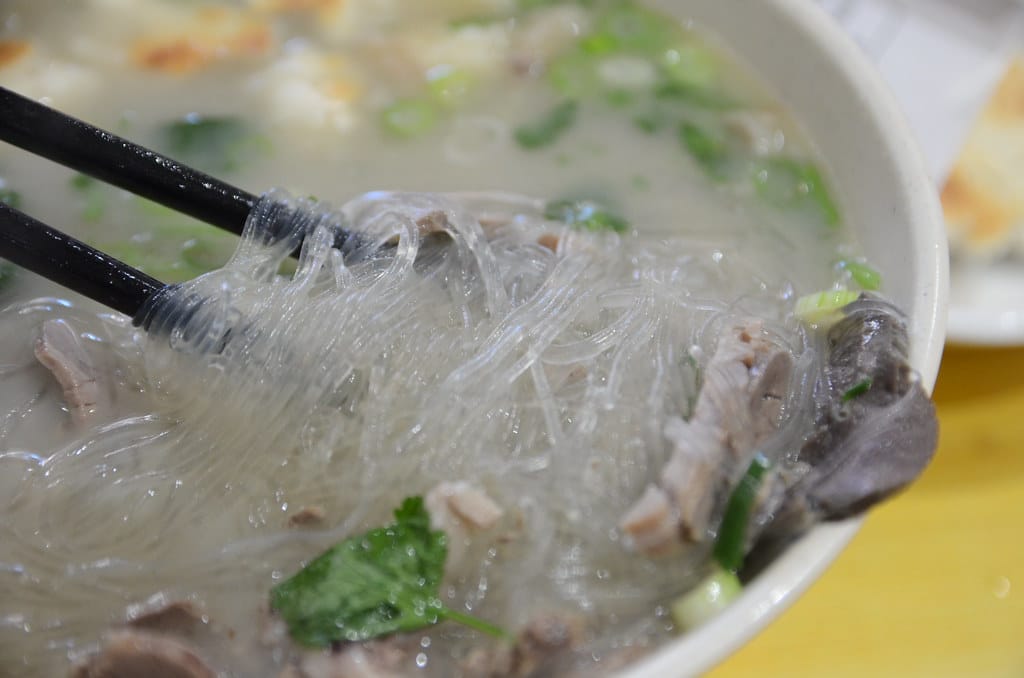
These transparent, flat, or thread-like noodles are also known as cellophane or glass noodles because they’re made with mung beans.
They become soft when soaked or cooked in hot water despite being difficult to cut when dry. When fully cooked, they become transparent strings.
Another unique property of these noodles is that when they are fried, they swell out. This is one of the different types of noodles.
10. Rice Stick Noodles
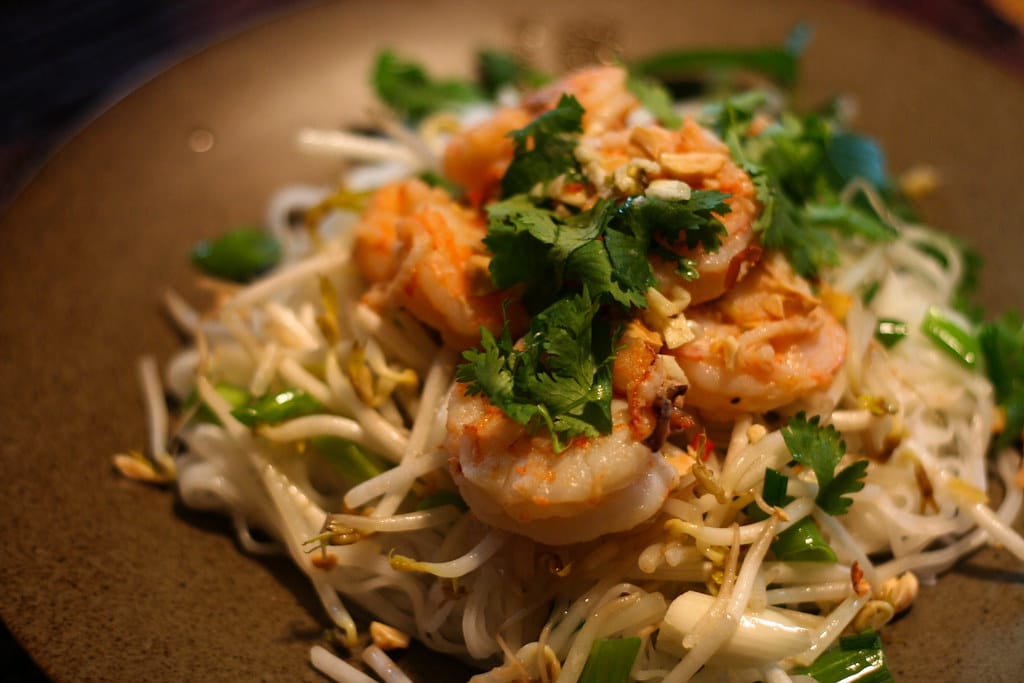
Rice stick noodles are transparent, flat, and can be broad or thin. They’re easy to recognize and frequently sold in packages.
The type you choose is determined by the thickness you wish to utilize in your recipe. Stir-fries, soups, and salads are the most acceptable use of these noodles.
11. Mei Fun
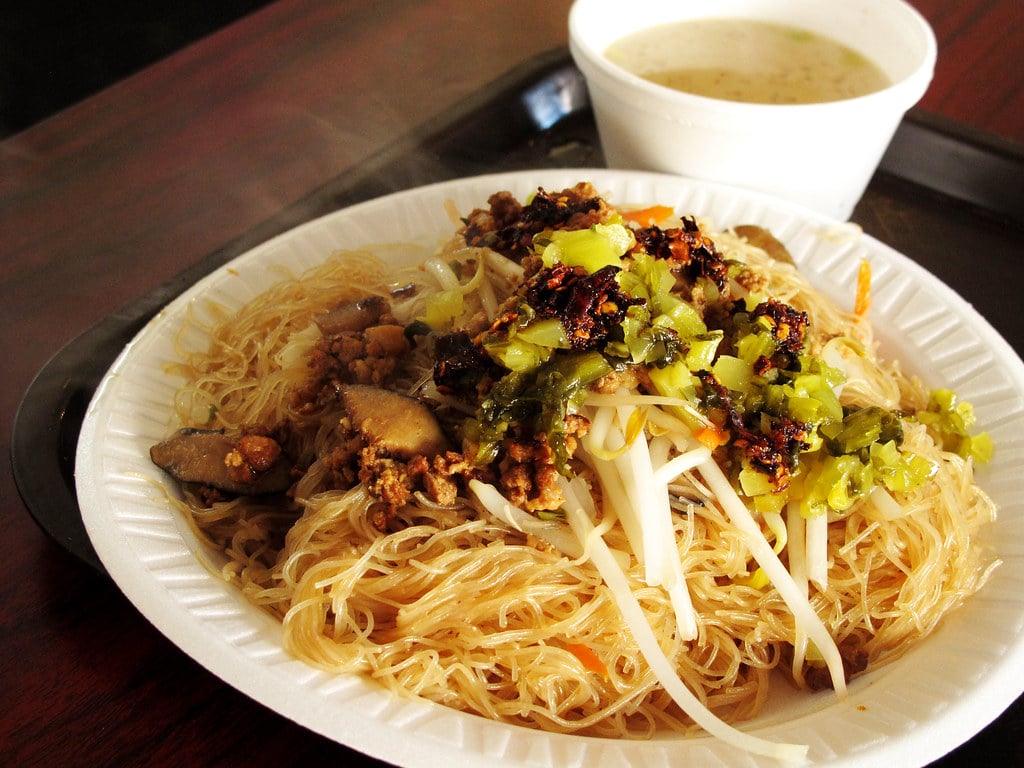
Mei fun refers to rice vermicelli noodles and cuisines that feature them.
According to The Spruce Eats, the tiny, thread-like noodles are manufactured with rice flour and water.
The ingredients are a plus for anyone following a gluten-free diet, as long as there’s no risk of cross-contamination from equipment.
Although rice vermicelli should only contain pulverized rice and water, some recipes include egg, wheat, tapioca, or other starches, so if gluten is an issue, watch out.
Furthermore, Mei fun is a popular dish in Asian cuisines, and its origins can be traced back to only 2,000 years in China.
According to The Spruce Eats, the vermicelli is offered dry in nest-like bundles that need to be rehydrated in hot water before being used in dishes.
Because they are so delicate, they soften and create the proper amount of chewiness to enhance a variety of meals as they absorb water.
Just be careful not to overcook them or become mushy and clump together.
12. Flat Rice Noodles
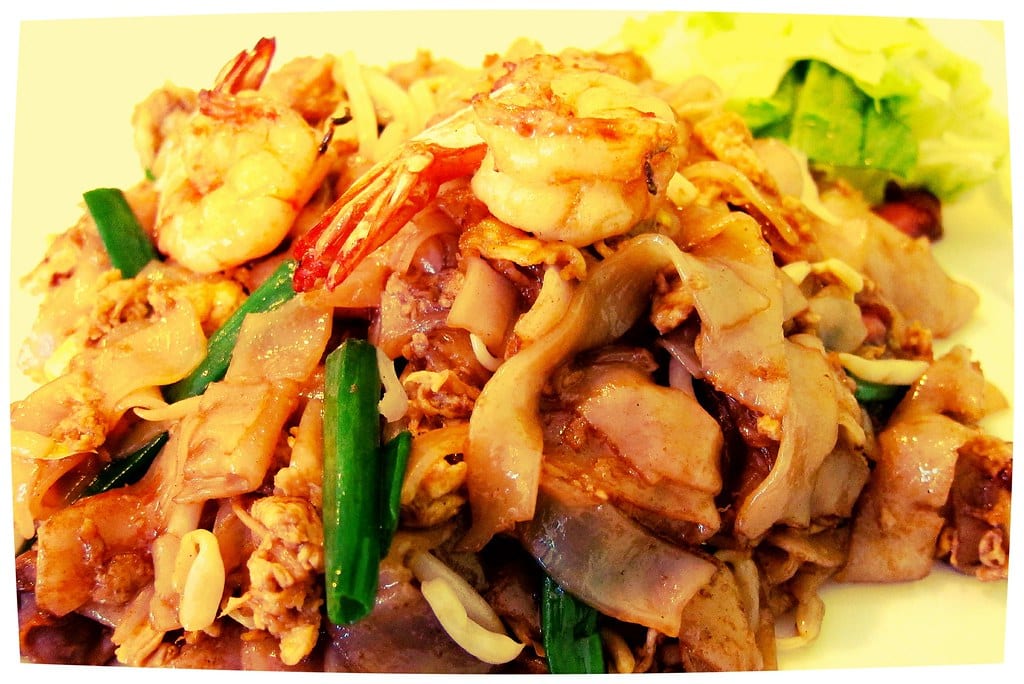
Unlike rice vermicelli, which comprises thin, delicate strands, flat rice noodles are broader and flat as the name suggests.
If you’ve ever had pad thai, you’ve probably eaten a lot of flat rice noodles.
According to Fine Cooking, they are produced from rice flour and water, while other ingredients like tapioca or cornstarch are frequently added to improve chewiness.
Furthermore, don’t assume rice noodles are always a good option if you follow a gluten-free diet.
13. Yi Mien
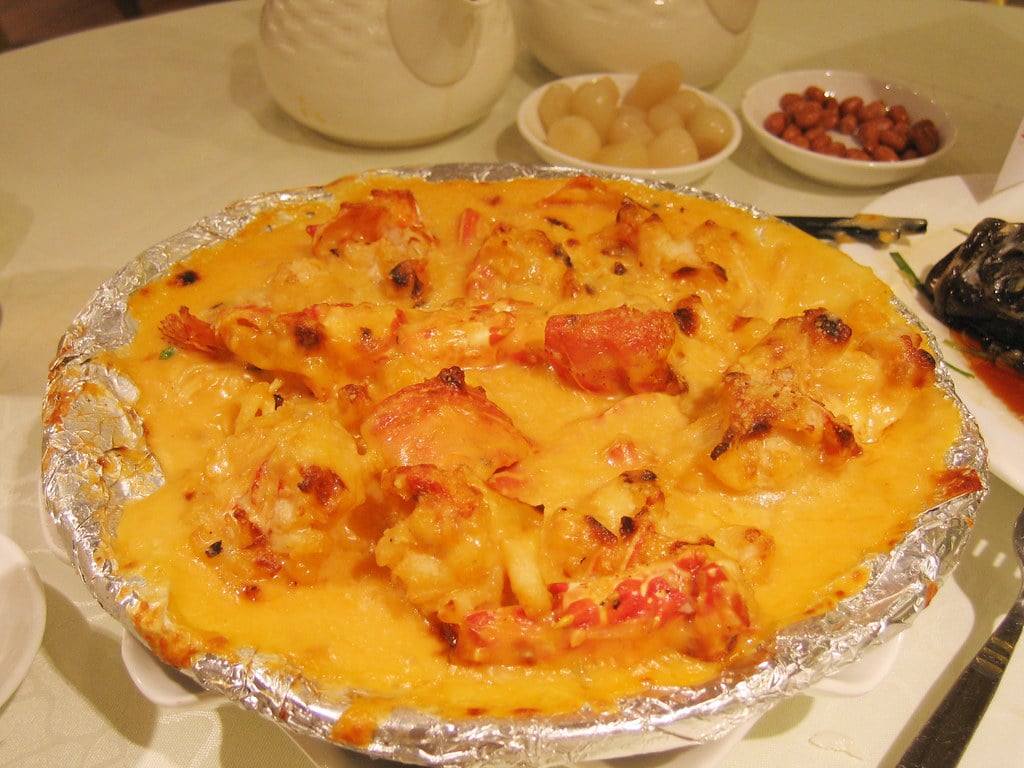
Many food-related customs and beliefs include yi mein (also yi mian, e-fu, and Yi fu) and longevity noodles, which are typically served at Chinese New Year celebrations.
If you eat a bowl of these, you’ll feel like you’re drinking the elixir of life.
The flat Cantonese egg noodles are made using wheat flour, making them more durable and less likely to break.
Maintaining the integrity of the longevity noodles is also part of the ceremony.
Even though the hand-pulled noodles might be 3 feet long, you should not cut them up before eating.
14. Hokkien Noodles

These egg and wheat flour noodles have a thick texture and a bright yellow color.
When sold, these noodles are pre-cooked, gently oiled, and commonly used in various Asian dishes.
Stir-fry noodle meals, curry noodle dishes, and soup noodles are the most incredible ways to enjoy Hokkien noodles.
15. Dangmyeon
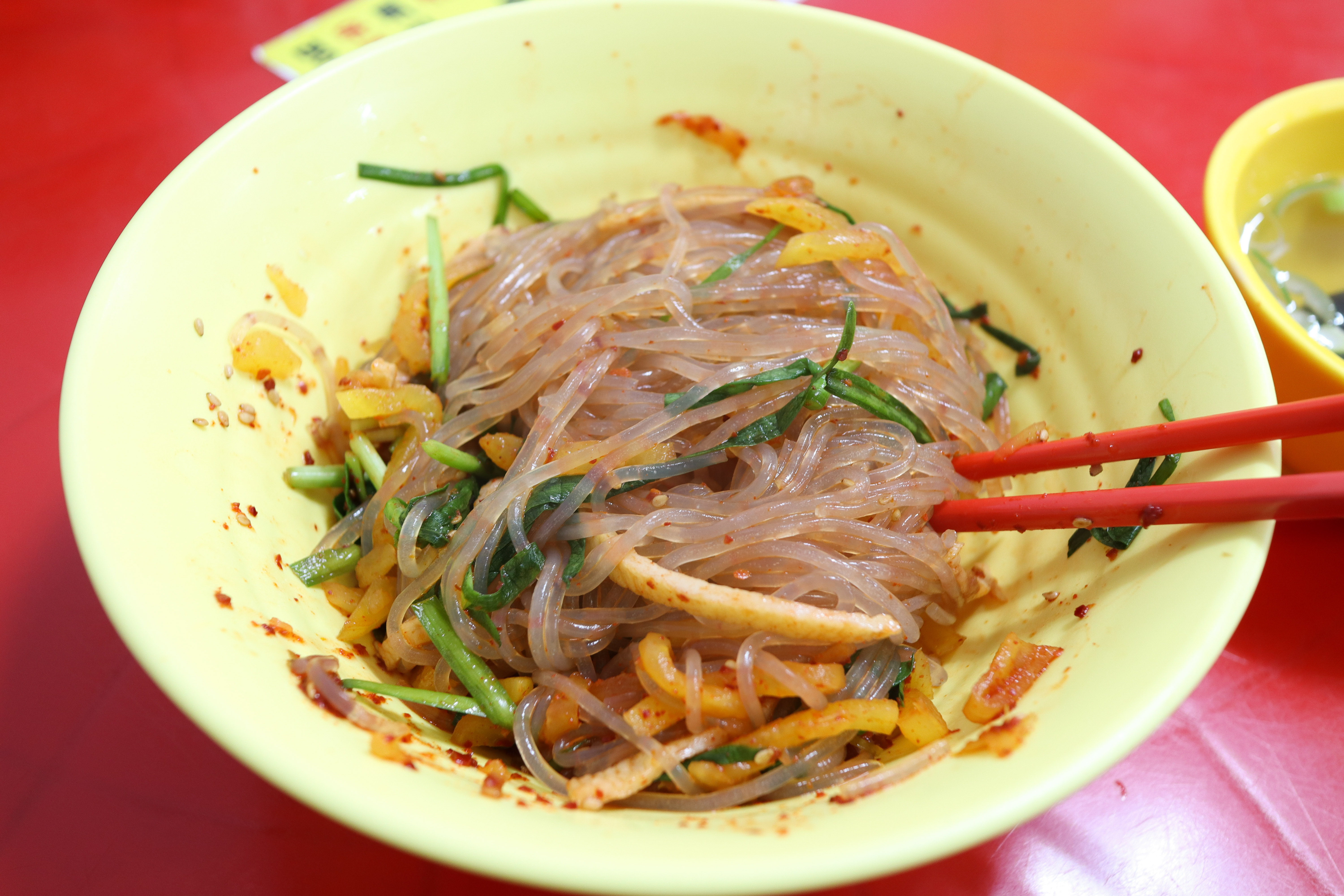
Noodles from wheat and rice flour are ubiquitous, but Korean dangmyeon is created from sweet potato starch, water, and salt.
According to the outlet, glass noodles are a relatively new product in Korea, introduced a little over a century ago.
They were previously created in China, but after a railroad route between China and South Korea was established, Chinese cuisine became increasingly popular in the neighboring country.
16. Wonton Noodles
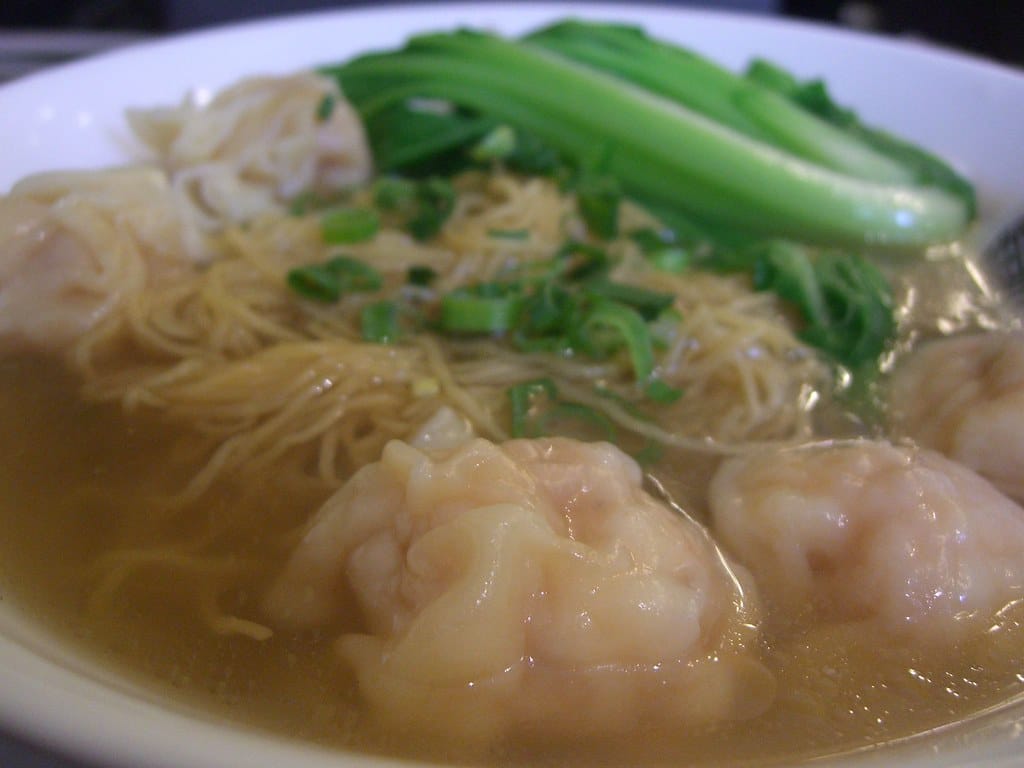
Although wonton noodles are native to China’s Guangdong province, they’re popular in Malaysia, Singapore, and Thailand.
They’re served with various toppings (chives, green onions, grilled meat, and chilis, to name a few).
According to the South Morning China Post, regional variants abound, and each bowl has its distinct flavor.
You may eat spicy wonton noodles one time and then a lovely meal the next.
Even more distinctive, according to Taste Atlas, the broth is sometimes served on the side alongside the drained noodles and remaining components.
You certainly have many possibilities. In addition, this is one of the different types of noodles.
17. Silver Needle Noodles
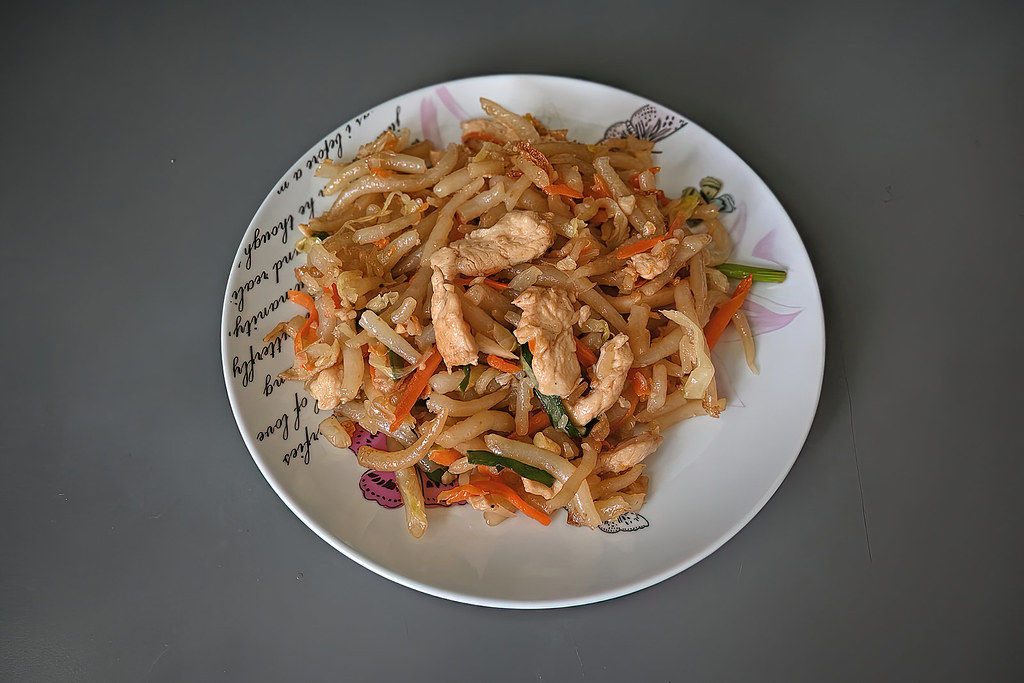
Various names in China know silver needle noodles, but if you’re serving a crowd, avoid calling them rat noodles or runny nose vermicelli.
When first launched in Hong Kong, buyers mistook them for rat meat and immediately rejected them.
Fortunately for unique noodle fans everywhere, they quickly found a place in local cuisine when dubbed silver needle noodles.
18. La Mian

The wheat noodles are from Northern China and have been around for at least 500 years.
The length of the noodles increases as the dough is stretched out, usually surpassing 3 feet.
As a result, Taste Atlas adds that they are popular at Chinese Lunar New Year dinner tables, where they represent a sign of longevity, as are other long noodles.
La Mian is most commonly seen in Lanzhou, where it is served in a beef broth with spicy chili oil (via Taste Atlas).
According to Culture Trip, because the region had a significant Muslim population in the past, the meal was frequently made halal.
Today, there are many varieties to choose from, and you can enjoy the chewy texture of hand-pulled noodles in a stir-fry or a cold vegetable salad just as readily.
19. Shirataki

Shirataki is a good alternative if you’re looking for a low-calorie noodle dish that doesn’t contain zoodles.
According to the Japan Center, thin, translucent yam flour noodles are supposed to have few calories and carbohydrates, mainly consisting of a unique sort of dietary fiber and water.
In fact, according to Pogogi, they are frequently sold as miraculous noodles.
Shirataki is becoming increasingly popular among health-conscious and weight-conscious people in Western countries.
Also, it can be tossed into various recipes and approximate the joy of slurping up a mound of noodles.
Because of its gelatinous structure, shirataki rapidly absorbs tastes from its surroundings, which is a plus since it doesn’t have much (via Japan Centre).
Furthermore, if you toss a few strands into a hot pot, salad, or stir fry, you’ll be surprised how little your body detects these noodles.
Although You might use them to produce an Italian dish, according to The Globe and Mail, their slippery quality makes them better suited to sticky sauces in Asian cuisine. This is one of the different types of noodles.
20. Biang Biang
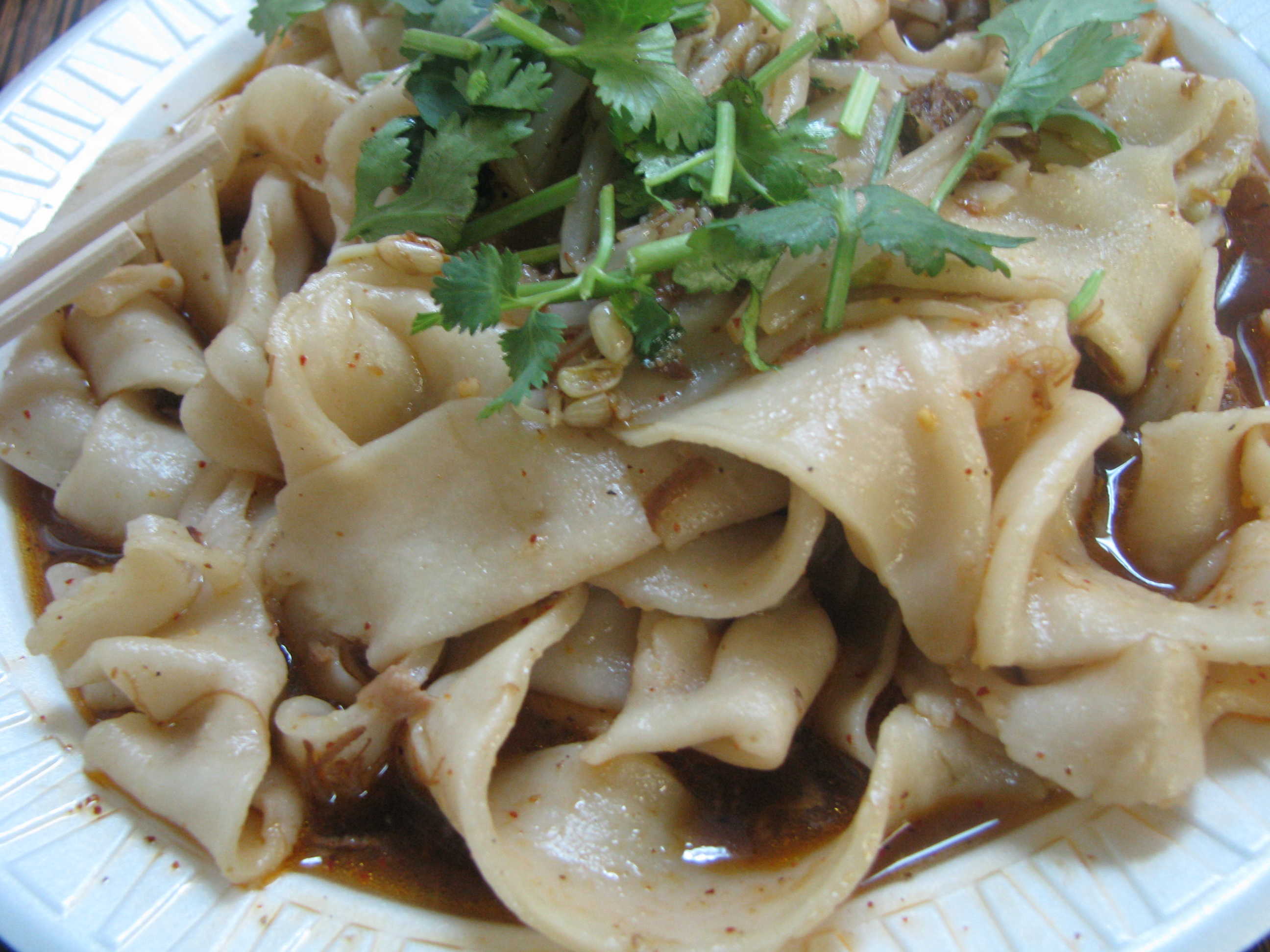
We’ve seen a lot of thin, delicate noodles, but biang biang from Shanxi, China, is in a different league.
According to Taste Atlas, because of their shape and length, flat, wide noodles are also known as belt noodles.
According to TASTE, they’re so long that your dish may comprise just one strand.
21. Kelp Noodles
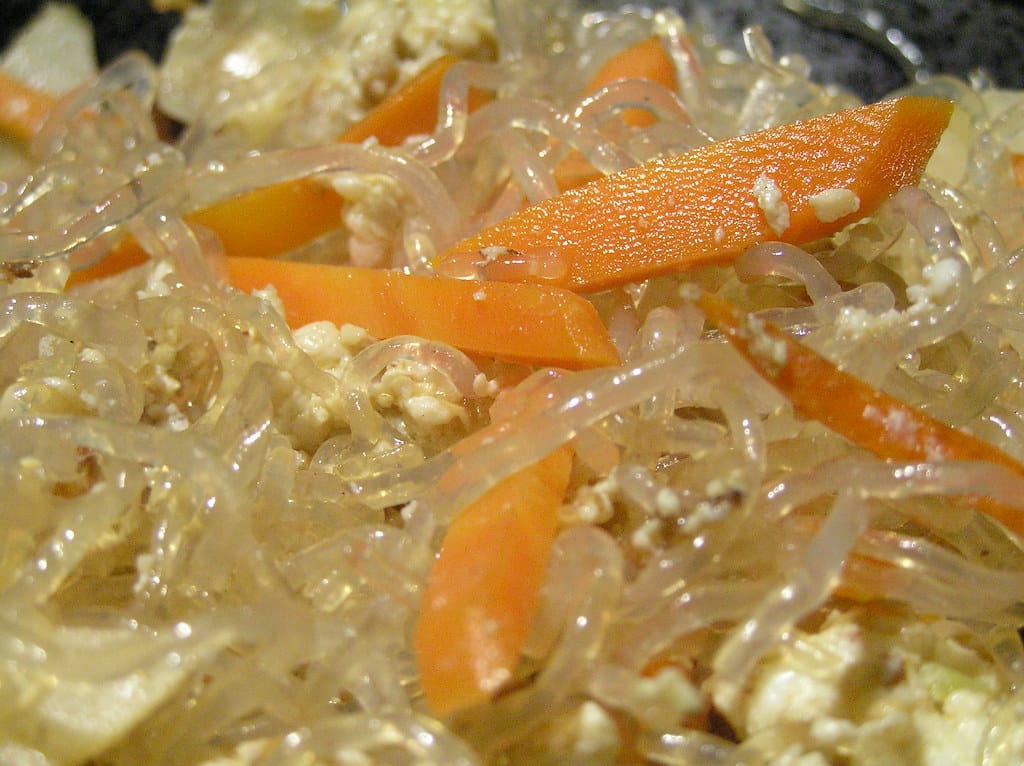
Kelp noodles, first developed in Korea in the 1980s, are a must-try for anyone following a gluten-free, keto, or paleo diet (via The Spruce Eats).
The noodles are created from the interior layer of seaweed, so you’re not eating pure kelp.
Dried seaweed bits are separated from their outer green skin to prepare the noodles, leaving only the white interior.
Furthermore, the inside is crushed and mixed with water and sodium alginate, a structural component.
Because the outside “skin” of the seaweed has been removed, the result is a transparent noodle with no beach flavors.
Because there aren’t any nutrients in kelp noodles, they’re a popular low-calorie option for anyone needing a noodle fix. This is one of the different types of noodles.




